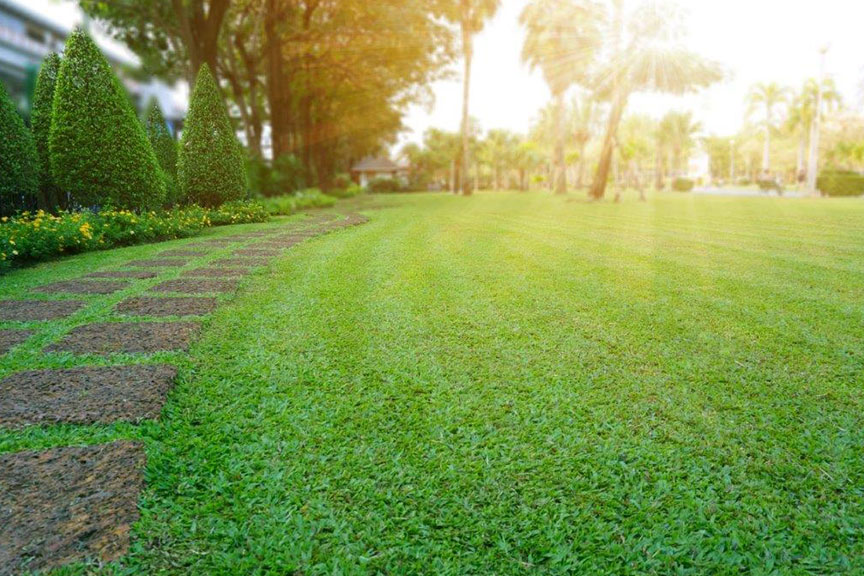
Home » Couch Grass: Pros & Cons
Get one of our team members to give you a call to discuss your project!

In the realm of Australian lawns, couch grass stands as a popular choice, renowned for its resilience and vibrant green hue. However, like any other option, it comes with its set of advantages and disadvantages. Understanding these can help homeowners make informed decisions when it comes to landscaping their outdoor spaces. Let’s delve into the pros and cons of couch grass specifically tailored to the Australian environment.






Couch grass undoubtedly offers a host of benefits for Australian homeowners seeking a resilient, attractive lawn. Its drought tolerance, rapid growth, and ability to withstand wear and tear make it a popular choice across various regions. However, it’s essential to weigh these advantages against the potential drawbacks, such as its invasive tendencies and susceptibility to pests and diseases.
Ultimately, the suitability of couch grass for your landscaping needs depends on factors such as your local climate, soil conditions, and maintenance preferences. By considering both the pros and cons outlined here, you can make an informed decision that aligns with your goals for a beautiful, functional outdoor space in the Australian environment.
A View Turf